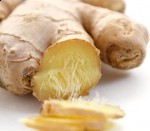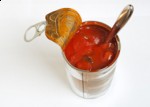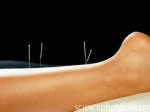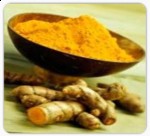 We understand women are looking for natural products for as menopause treatment options. Unfortunately, flax seeds do not significantly lessen hot flashes according a study done at the Mayo Clinic and reported today in the American Society of Clinical Oncology conference in Chicago.
We understand women are looking for natural products for as menopause treatment options. Unfortunately, flax seeds do not significantly lessen hot flashes according a study done at the Mayo Clinic and reported today in the American Society of Clinical Oncology conference in Chicago.
Researchers enrolled 178 women who had at least 28 hot flashes per week. About half were breast cancer survivors.
The women were given snack bars with or without flax seed to eat once a day. After six weeks, only a third of each group reported 50 percent fewer hot flashes, and all reported more bloating, diarrhea and nausea.”This we suspect was due to the fiber content in the bars,” According to Dr. Sandhya Pruthi of the Mayo Clinic in Minneapolis.
If flax seeds don’t help hot flashes what does help? Chinese herbs have been used for over two thousand years successfully throughout Asia and help women naturally go through the change in life without severe hot flashes and night sweats.
Chinese herbs such as Rehamniae, Discorea, Horny Goat Weed, Moutan and others have a long history of helping women balance their energy and bring their bodies back to homeostasis. Herbal medical products for the treatment of menopausal symptoms have been studied and used continuously throughout Asia. Most American’s are familiar with a few Chinese herbs such as Ginseng, Dang Gui and Ginger. Yet, hundreds of herbs have been time tested and are safe and effective. These Chinese herbs may be new to the Western woman for menopause treatment, but Asian women have known the power in natural herbs by being raised in a culture which accepts and treasures their history, culture and learned knowledge that has been pasted down through generations.
For more information on Chinese herbs for menopause hot flashes click here.
You may also be interested in this blog post: A Natural Alternative to Hormones and Hot Flashes.











